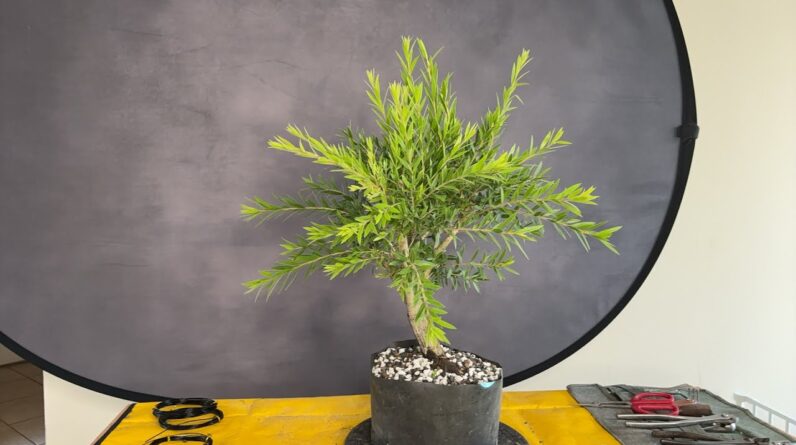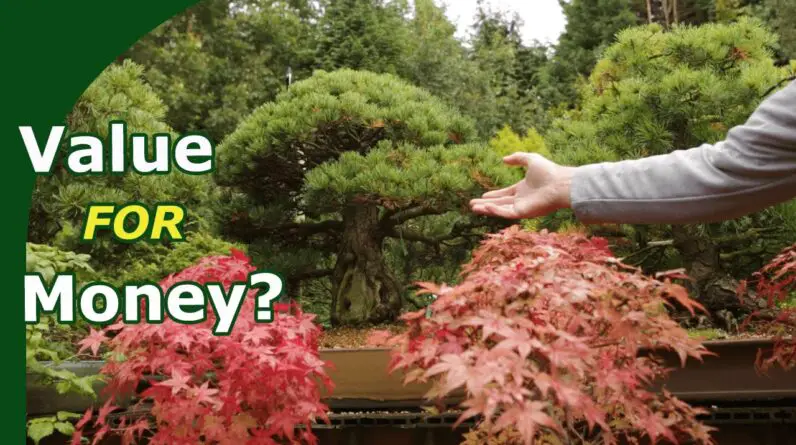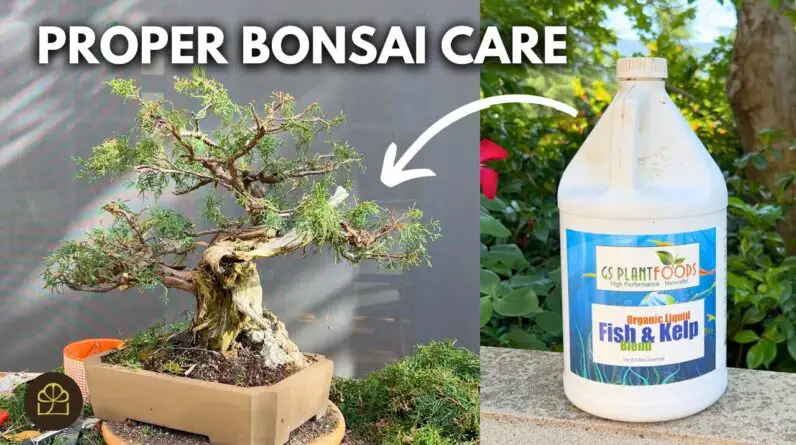So you’ve got yourself a Ficus Ginseng Bonsai plant, huh? Well, you’re in luck because I’ve got all the tips and tricks you need to keep that beauty thriving.
From watering to sunlight, pruning to fertilizing, I’ve got you covered. I’ll break it down for you in simple, easy-to-follow steps so you can give your Ficus Ginseng the love and care it deserves. Trust me, with a little bit of knowledge and TLC, you’ll have a flourishing plant that will bring a touch of nature and serenity to your space.
Choosing the Right Location
Consider the lighting
When choosing a location for your Ficus Ginseng plant, it’s important to consider the lighting conditions. This plant prefers bright, indirect light, so placing it near a window where it can receive filtered sunlight is ideal. However, be cautious of placing it in direct sunlight for extended periods of time, as this can cause the leaves to scorch.
Maintain a consistent temperature
Another factor to consider when selecting a location for your Ficus Ginseng is the temperature. This plant thrives in temperatures between 60-75°F (15-24°C), so it’s important to avoid placing it in areas with extreme temperature variations or drafts. Additionally, try to keep the plant away from cold windows or heating vents, as sudden temperature changes can negatively affect its growth.
Provide proper ventilation
Proper ventilation is crucial for the health of your Ficus Ginseng plant. Good air circulation helps prevent the buildup of moisture, which can lead to fungal diseases. Avoid placing the plant in a cramped or enclosed space, and make sure there is adequate airflow around it. This can be achieved by placing it in a room with open windows or using a fan to promote air movement.
Watering the Plant
Determine the watering frequency
Watering is a critical aspect of caring for your Ficus Ginseng plant. It’s important to determine the appropriate watering frequency based on the plant’s needs. The general rule of thumb is to water the plant when the top inch of soil feels dry to the touch. However, it’s important to note that this may vary depending on factors such as temperature, humidity, and the size of the pot.
Water the plant properly
When watering your Ficus Ginseng, ensure that you water it thoroughly. This means watering until the excess water drains out from the bottom of the pot. This helps flush out any accumulated salts or minerals from the soil, preventing them from building up and causing damage to the plant.
Avoid overwatering
Overwatering is one of the most common mistakes when it comes to caring for Ficus Ginseng plants. It’s important to strike a balance between keeping the soil moist and avoiding waterlogged conditions. Overwatering can lead to root rot, which can be detrimental to the plant’s health. Monitor the soil moisture levels and adjust your watering frequency accordingly.

Feeding and Fertilizing
Understand the plant’s nutrient requirements
To keep your Ficus Ginseng plant healthy and thriving, it’s important to understand its nutrient requirements. This plant benefits from a balanced fertilizer that contains equal parts of nitrogen, phosphorus, and potassium. Additionally, it requires micronutrients such as iron, magnesium, and zinc. Consider using a slow-release fertilizer to provide a steady supply of nutrients over time.
Choose the right fertilizer
When selecting a fertilizer for your Ficus Ginseng, choose one specifically formulated for bonsai trees or houseplants. Avoid using fertilizers that are high in nitrogen, as this can stimulate excessive foliage growth at the expense of root development. Follow the instructions on the fertilizer packaging to determine the appropriate amount and frequency of application.
Follow a feeding schedule
Establishing a feeding schedule is important to ensure that your Ficus Ginseng receives a consistent supply of nutrients. Generally, fertilizing every 2-4 weeks during the growing season (spring and summer) is sufficient. However, reduce the frequency to once every 6-8 weeks during the dormant period (fall and winter). Remember to adjust the feeding schedule based on the specific needs of your plant and the type of fertilizer used.
Pruning and Shaping
Know when to prune
Pruning is an essential practice for maintaining the shape and health of your Ficus Ginseng plant. It’s important to know when to prune to avoid causing harm to the plant. Pruning is best done in early spring before the new growth begins. This allows the plant to recover and heal quickly.
Trim the foliage
Trimming the foliage of your Ficus Ginseng plant helps maintain its shape and encourages new growth. Use sharp, clean pruning shears to trim back any overgrown branches or leaves. Avoid removing more than one-third of the plant’s foliage at a time to avoid causing stress.
Shape the bonsai
Shaping a Ficus Ginseng bonsai is an ongoing process that requires patience and attention to detail. Use wire to gently guide the branches into the desired shape. Be careful not to wrap the wire too tightly, as it can dig into the bark and cause damage. Regularly check the wiring and adjust it as necessary to avoid constriction.
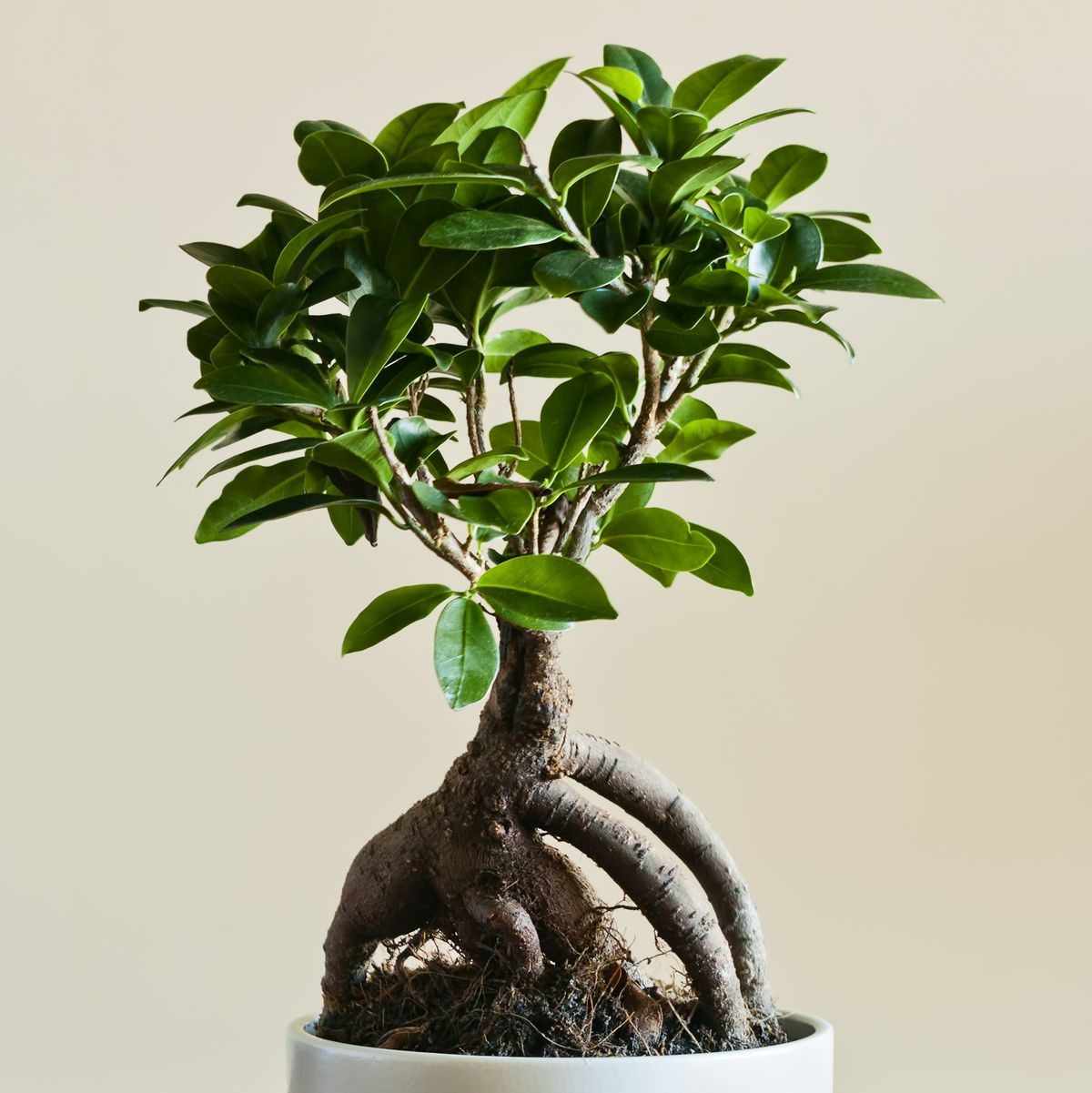
Repotting the Plant
Determine when to repot
Repotting is necessary to provide fresh soil and promote healthy root growth in your Ficus Ginseng plant. It’s generally recommended to repot the plant every 2-3 years, or when the current pot becomes too small to accommodate the roots. The best time to repot is during the early spring before the new growth begins.
Select the appropriate pot and soil mixture
When repotting your Ficus Ginseng, choose a slightly larger pot with good drainage holes. The new pot should allow for ample root growth without being too spacious. Select a well-draining soil mixture specifically formulated for bonsai trees, or create your own by combining equal parts of akadama, pumice, and lava rock.
Carefully repot the Ficus Ginseng
To repot your Ficus Ginseng, carefully remove it from its current pot, taking care not to damage the roots. Gently loosen the root ball and remove any old or dead roots. Place the plant in the new pot and backfill with the fresh soil mixture, ensuring that the roots are evenly spread out. Water thoroughly after repotting to help settle the soil.
Managing Pests and Diseases
Identify common pests
Keeping an eye out for common pests is essential to prevent infestations and maintain the health of your Ficus Ginseng plant. Look for signs of pests such as aphids, scale insects, spider mites, and mealybugs. These pests can cause damage to the foliage, stunt growth, and spread diseases if left untreated.
Use appropriate pest control methods
If you notice pests on your Ficus Ginseng, it’s important to take immediate action to control and eliminate them. Depending on the severity of the infestation, you can use organic insecticidal soap, neem oil, or commercially available pesticides. Follow the instructions on the product label and apply the treatment as directed.
Prevent and treat diseases
Preventing diseases is crucial for the overall health of your Ficus Ginseng plant. Ensure that the plant is not exposed to excessive moisture, as this can lead to fungal infections. Avoid overwatering and provide proper ventilation to reduce the risk of disease. If you notice any signs of disease, such as yellowing leaves, leaf spots, or wilting, take appropriate measures such as adjusting watering practices or applying appropriate fungicides.

Creating Humidity
Increase humidity through misting
Ficus Ginseng plants thrive in environments with higher humidity levels. One way to increase humidity is by misting the leaves with water. Use a spray bottle to lightly mist the foliage, especially during periods of low humidity or dry weather. This helps prevent the leaves from drying out and promotes healthy growth.
Use a humidity tray
Another method to create humidity for your Ficus Ginseng is by using a humidity tray. Place a tray filled with water near the plant. As the water evaporates, it increases the surrounding humidity. Be careful not to let the pot sit directly in the water, as this can lead to overwatering and root rot.
Avoid excessive humidity
While humidity is important for the health of your Ficus Ginseng, it’s also crucial to avoid excessive humidity. Too much moisture can create a breeding ground for fungal diseases and promote the growth of moss or algae. Monitor the humidity levels and adjust your misting or tray methods accordingly to maintain a balance.
Avoiding Common Mistakes
Don’t neglect the plant’s lighting needs
One common mistake when caring for a Ficus Ginseng plant is neglecting its lighting needs. Insufficient light can cause the plant to become weak and leggy, while excessive light can lead to leaf burn. Find a balance by providing bright, indirect light and avoiding prolonged exposure to direct sunlight.
Avoid overwatering or underwatering
Overwatering and underwatering are common mistakes that can harm your Ficus Ginseng. Overwatering can lead to root rot, while underwatering can cause dehydration and wilting. Monitor the soil moisture levels and adjust your watering practices accordingly to ensure the plant receives adequate hydration without being waterlogged.
Don’t use the wrong type of fertilizer
Using the wrong type of fertilizer can have negative effects on your Ficus Ginseng. Avoid fertilizers that are high in nitrogen, as this can lead to excessive foliage growth at the expense of root development. Choose a balanced fertilizer specifically formulated for bonsai trees or houseplants to meet the plant’s nutritional needs.

Training and Wiring
Understand the principles of bonsai training
Training a Ficus Ginseng bonsai involves shaping and directing its growth to create a desired aesthetic. Understanding the principles of bonsai training is crucial for achieving the desired results. Learn about techniques such as wiring, pruning, and defoliation to guide the shape and structure of the tree over time.
Use proper wiring techniques
Wiring is a common technique used in bonsai training to shape the branches of a Ficus Ginseng plant. Use aluminum or copper wire to gently wrap around the branches, bending them into the desired position. Avoid wrapping the wire too tightly to prevent damage to the bark. Regularly check the wiring to ensure it doesn’t constrict the branches as they grow.
Regularly check and adjust the wiring
As your Ficus Ginseng grows and matures, it’s important to regularly check the wiring and make adjustments as necessary. The wire can leave marks on the branches if left on for too long, so be attentive to the growth of the tree and remove or adjust the wire before it digs into the bark. This allows the branches to grow freely and maintain their desired shape.
Conclusion
Caring for a Ficus Ginseng plant requires a comprehensive approach to ensure its health and vitality. By choosing the right location, providing proper lighting, temperature, and ventilation, and understanding the plant’s watering, feeding, and pruning needs, you can create an optimum environment for its growth. Additionally, being aware of common mistakes to avoid, managing pests and diseases, creating humidity, and utilizing proper training and wiring techniques will help you cultivate a beautiful and thriving Ficus Ginseng bonsai. With the right care and attention, your Ficus Ginseng can bring beauty and tranquility to your indoor space for years to come.
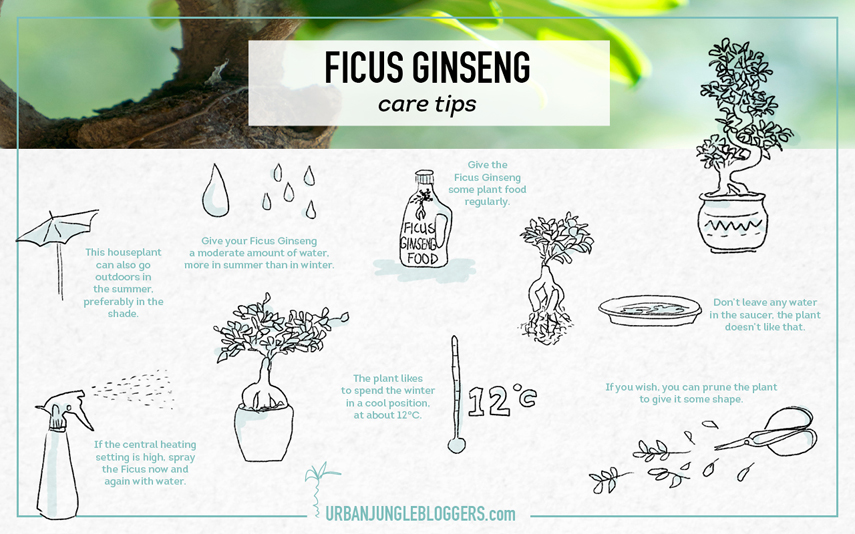
The Best-Kept Secrets of Ficus Bonsai Success: Tips and Tricks Revealed




